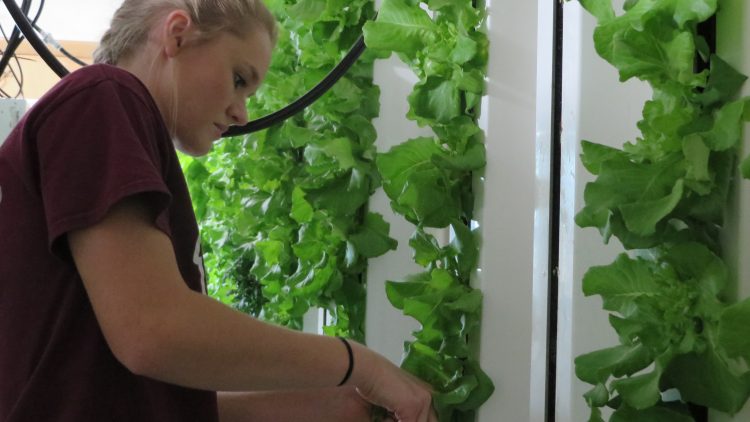Sustainability is a key focus at Missouri State University. We see it around campus daily, from the solar panels by Meyer Library to the water bottle refilling stations.
The Association for the Advancement of Sustainability in Higher Education (AASHE) tracks universities’ sustainability levels. This is done through self-reporting to the Sustainability Tracking, Assessment and Rating System (STARS).
Missouri State received a silver rating from AASHE for its 2018 submission.
“Sustainability is a goal in the university’s current long-range plan,” said Dr. Tamera Jahnke, co-chair of the sustainability advisory committee. “It is an honor to help lead a group that involves so many different offices and organizations on campus. It gives so many an opportunity to share their passion for sustaining all of creation for the next generation.”
Report highlights
The 2018 STARS report saw significant improvements in several areas, most notably academics. MSU nearly doubled its score from 2015, largely due to conducting a more thorough inventory of sustainability courses on campus.
The inventory found that MSU offers 47 undergraduate and 12 graduate sustainability classes. It also found courses that include sustainability also rose in number to 133 and 69, respectively.
Work toward a sustainability minor
Another strength is the projects from the campus as a living laboratory initiative. These are student-led actions that create a lasting change on campus. For example, students wrote proposals to change parking lot light fixtures from high-pressure sodium lights to more eco-friendly LED lights.
Chartwells was also commended for its emphasis on using local food and creating sustainability programs, such as the ZipGrow Towers program.
Benefits of this program include:
- The university can grow food in a relatively small space all-year round.
- It cuts down on transportation costs and ensures a local product.
- Student interns learn hands-on how to grow and care for the plants.
Faculty and staff are also involved in keeping campus clean. Almost 50 percent of employees are part of Green Teams. They aim to lower the carbon footprint on campus. One goal is to create visibility for sustainability.
This includes:
- Creating displays
- Writing articles
- Maintaining recycle bins
Looking ahead
There are always ways to improve. Areas of growth for MSU include greenhouse gas emissions, buildings and energy.


Leave a Reply